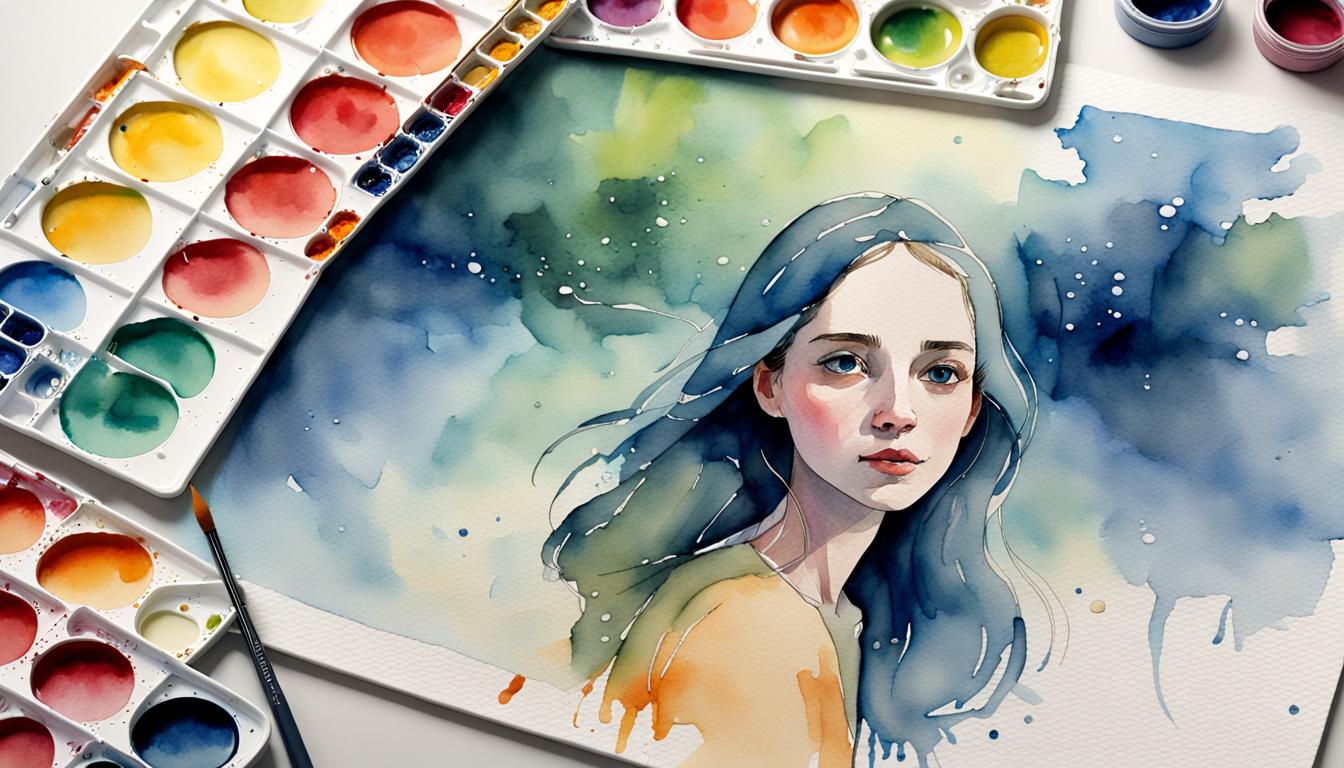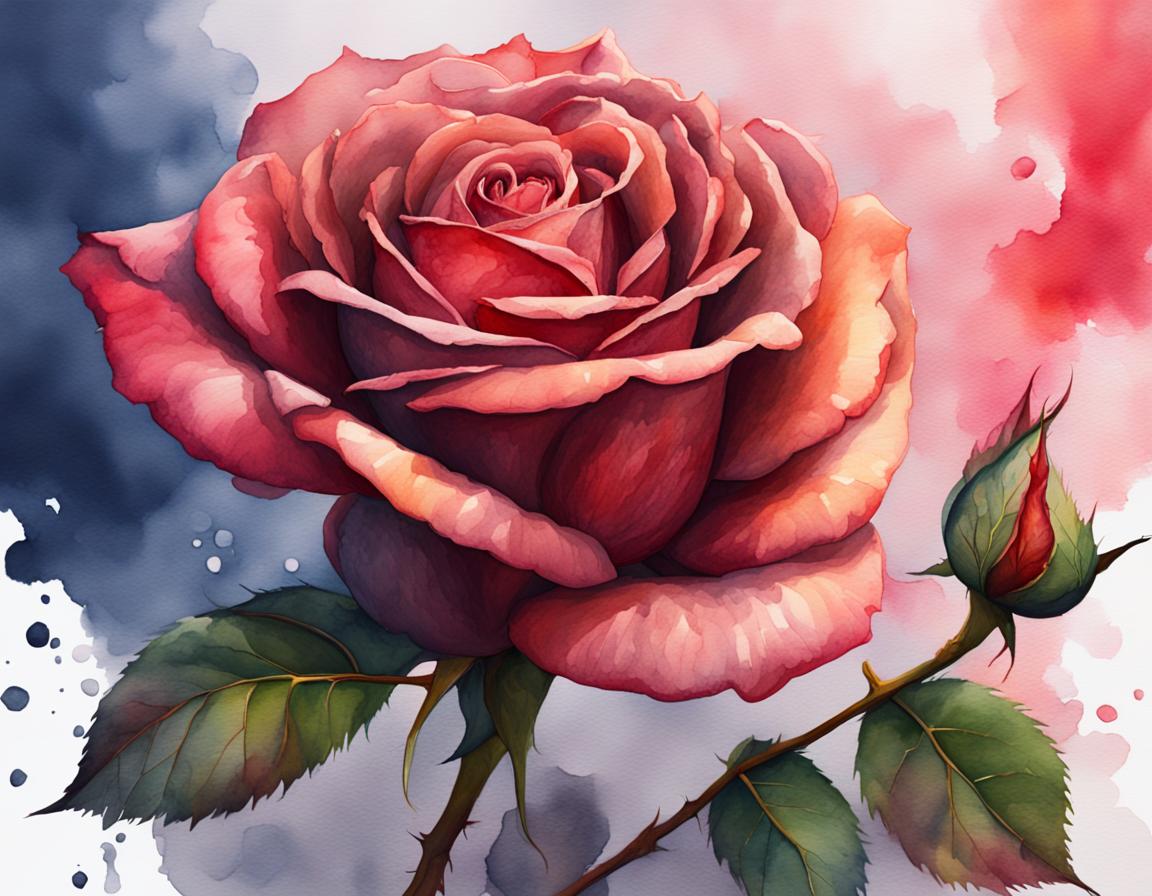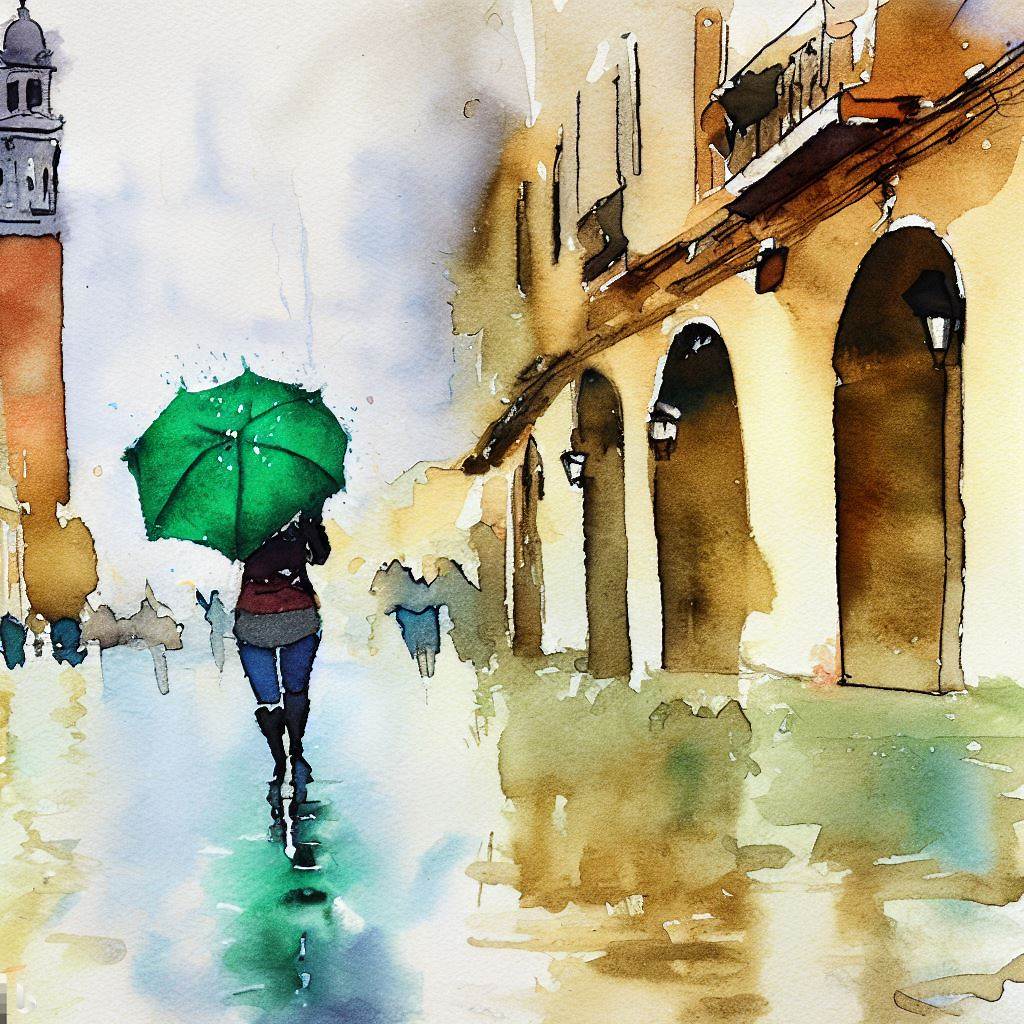Introduction
Watercolor paintings have a unique charm that captures the delicate beauty of colors. With advanced color mixing techniques, artists can achieve stunning effects and create captivating artworks. In this article, we will explore the world of watercolor paintings and learn how to enhance your creations through the art of color mixing.
Understanding Watercolor Paintings
Watercolor paintings are created using water-soluble pigments that are mixed with water to achieve transparency and fluidity. Unlike other mediums, watercolors rely on the white of the paper to create light and vibrant hues. Mastery of color mixing is essential to unlock the true potential of watercolor paintings.
Exploring Color Theory
Before diving into advanced color mixing techniques, it’s important to understand the basics of color theory. Colors are divided into three main categories: primary, secondary, and tertiary.
Primary Colors
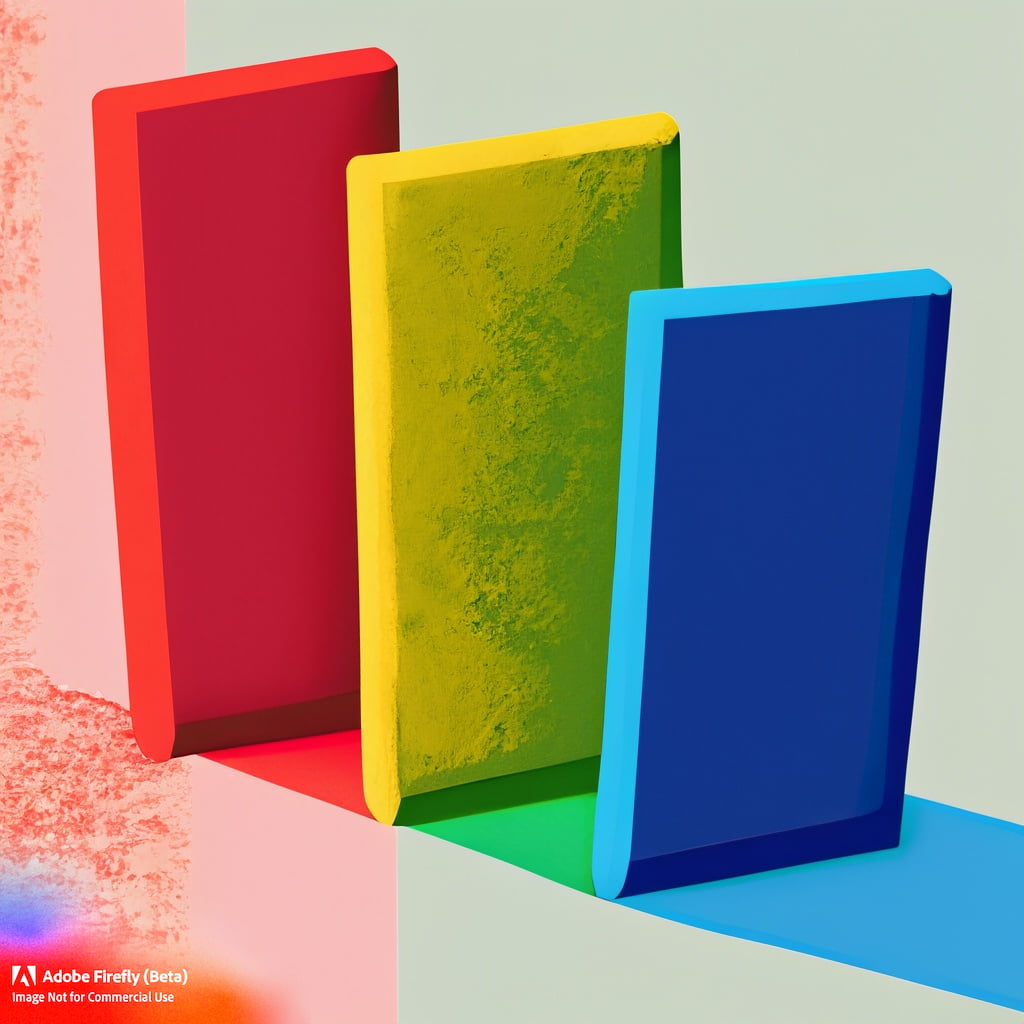
Primary colors, namely red, blue, and yellow, are the foundation of all other colors. They cannot be created by mixing other colors and are used as the building blocks of the color wheel.
Secondary Colors
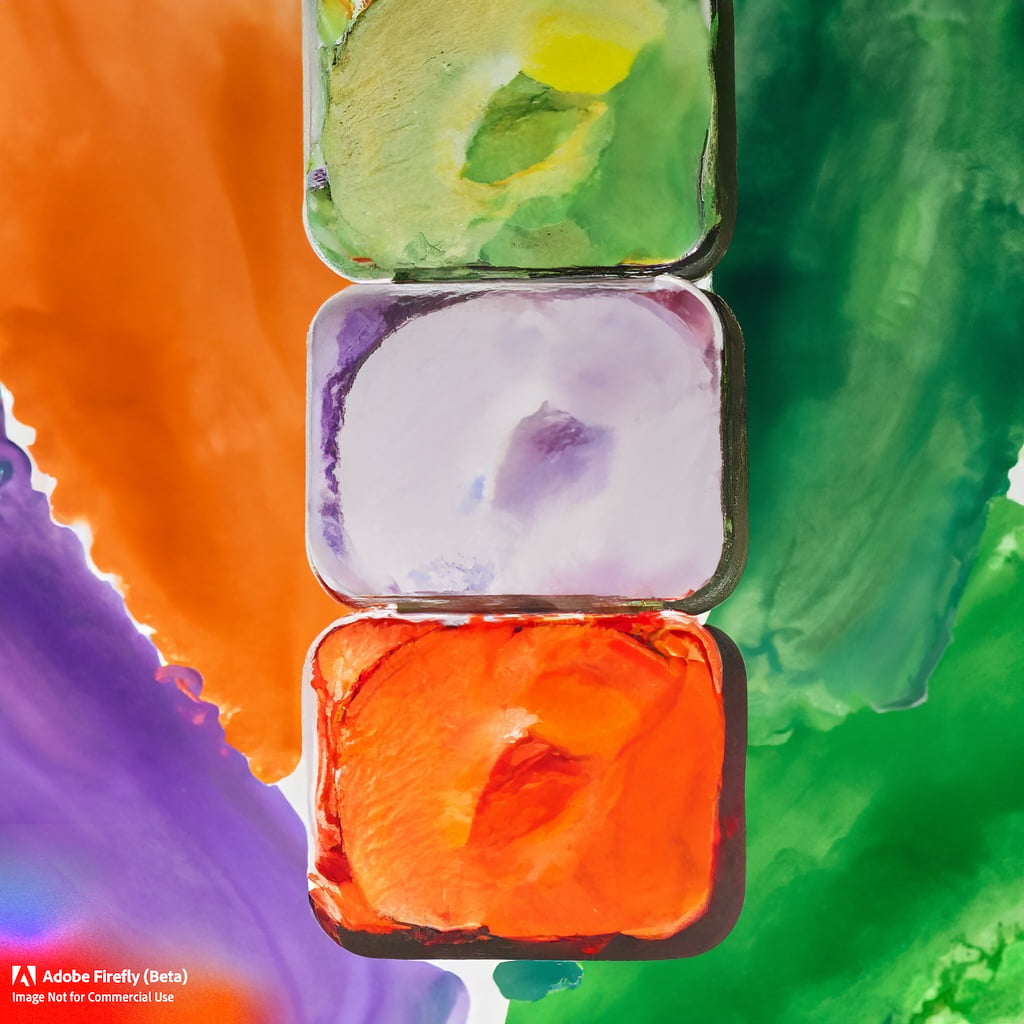
Secondary colors are created by mixing two primary colors. The secondary colors are orange (red + yellow), green (blue + yellow), and violet (blue + red).
Tertiary Colors
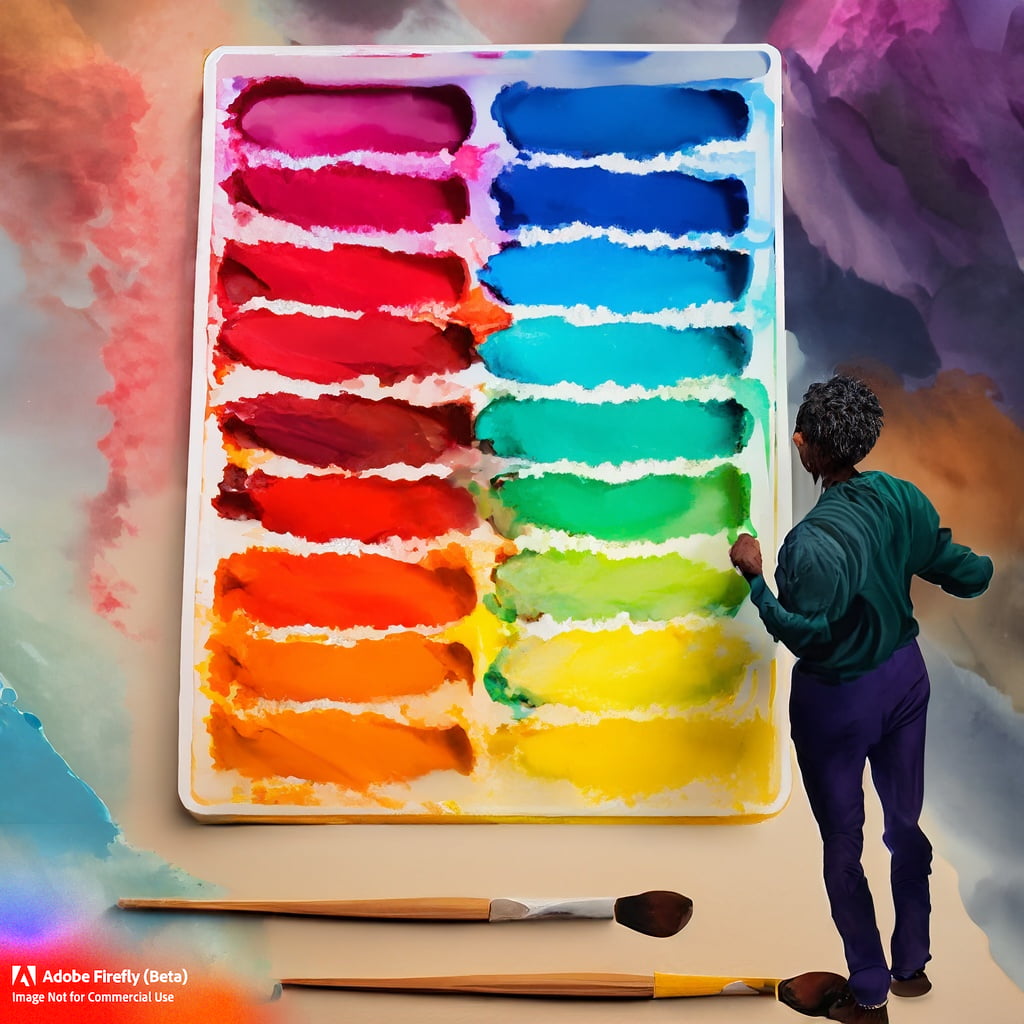
Tertiary colors are formed by mixing a primary color with a neighboring secondary color. These colors offer a wider range of shades and nuances.
Importance of Color Mixing in Watercolor Paintings
Color mixing is crucial in watercolor paintings as it allows artists to create an extensive range of colors and achieve various effects such as shading, highlighting, and blending. By understanding color mixing, artists can bring depth and vibrancy to their artworks.
Tools and Materials Needed
To create stunning watercolor paintings with advanced color mixing techniques, you will need the following tools and materials:
Watercolor Paints: Invest in a high-quality set of watercolor paints with a wide range of colors. Look for paints that are labeled as “artist grade” for better pigmentation and lightfastness.
Palette: A palette is used to mix and hold the colors. Choose a palette with wells or compartments for better organization.
Brushes: Different brushes offer varying effects. Invest in a variety of brushes, including round brushes for details and flat brushes for larger areas.
Water Containers: Have multiple containers of water to rinse your brushes and dilute the paints.
Mixing Surface: Use a mixing surface such as a ceramic or plastic palette to blend colors effectively.
Basic Color Mixing Techniques
Before exploring advanced techniques, it’s important to master basic color mixing techniques. These techniques lay the foundation for more complex color blending.
Blending Colors: Blending involves mixing two or more colors to create a smooth transition between them. Use a clean brush and gently stroke the colors together on your mixing surface.
Gradation: Gradation refers to the gradual transition of colors from light to dark or vice versa. Start with a concentrated color and dilute it gradually with water or add another color to create a smooth gradient.
Wet-on-Wet Technique: The wet-on-wet technique involves applying wet paint onto a wet surface. This technique allows colors to blend and bleed together, creating soft and diffused effects.
Advanced Color Mixing Techniques
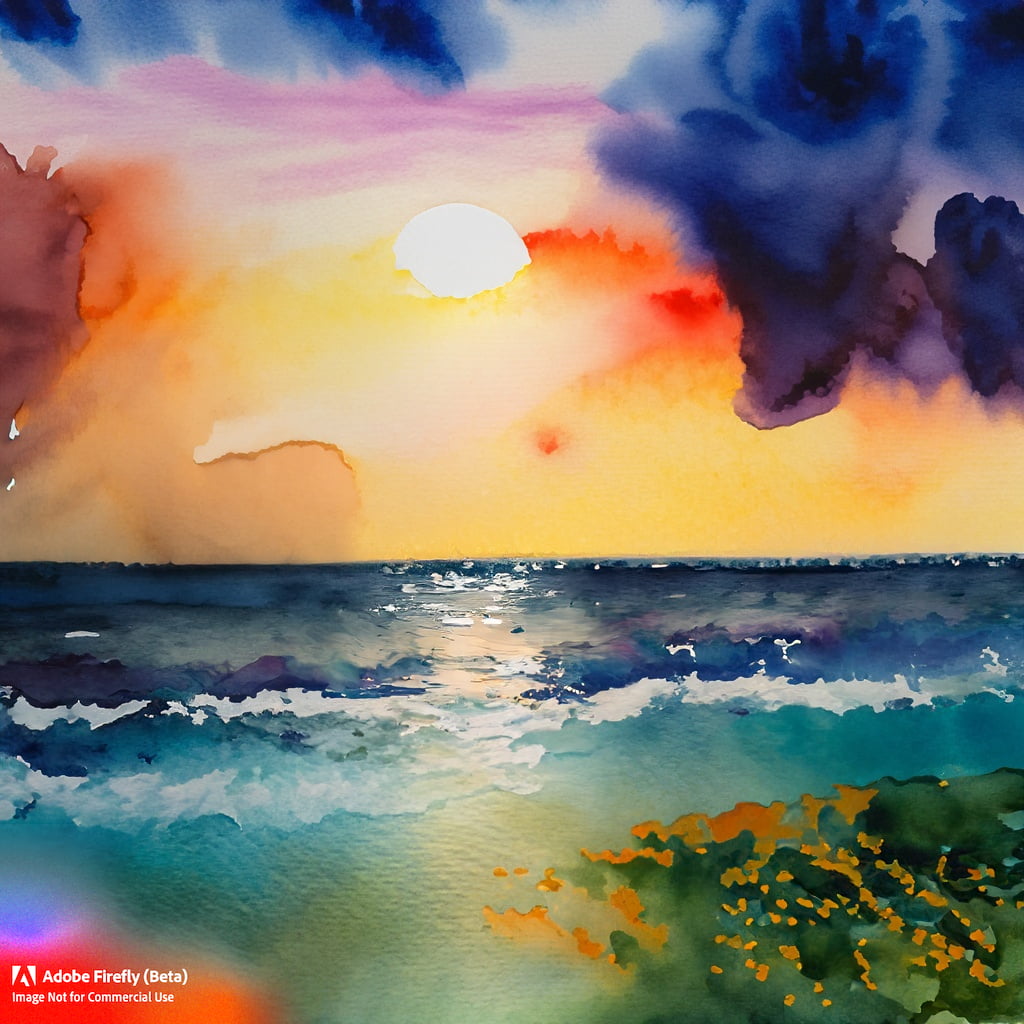
Once you’ve mastered the basic techniques, you can explore advanced color mixing techniques to elevate your watercolor paintings further.
Glazing: Glazing is a technique where transparent layers of color are applied over a dried layer. This creates depth and richness in the painting.
Color Layering: Color layering involves building up multiple transparent layers of colors to create a sense of depth and luminosity.
Color Temperature: Color temperature refers to the warmth or coolness of a color. By understanding color temperature, you can create harmonious compositions and evoke different moods in your paintings.
Tips for Successful Color Mixing
To achieve successful color mixing in watercolor paintings, consider the following tips:
Start with a Limited Palette: Begin with a limited number of colors to avoid overwhelming yourself. Master the color mixing possibilities of a few hues before expanding your palette.
Practice Gradually: Color mixing requires practice and experimentation. Gradually explore different color combinations and techniques to develop your skills.
Experiment with Different Combinations: Don’t be afraid to experiment with unusual color combinations. This will help you discover unique and unexpected results.
Common Mistakes to Avoid
While experimenting with color mixing, it’s important to be aware of common mistakes that can hinder your progress. Avoid the following pitfalls:
Overmixing Colors: Overmixing can lead to dull and muddy colors. Embrace the beauty of translucent colors and allow them to blend naturally on the paper.
Using Muddy Colors: Muddy colors occur when too many colors are mixed together, resulting in a loss of vibrancy and clarity. Exercise restraint and avoid excessive color mixing.
Ignoring Color Values: Color values refer to the lightness or darkness of a color. Ignoring color values can result in flat and uninteresting paintings. Pay attention to the tonal range of your artwork.
Inspiring Watercolor Artists
To enhance your understanding and appreciation of watercolor paintings, explore the works of inspiring artists. Some notable watercolor artists include John Singer Sargent, Winslow Homer, and J.M.W. Turner.
Conclusion
Creating stunning watercolor paintings with advanced color mixing techniques requires a blend of skill, experimentation, and artistic intuition. By understanding color theory, mastering basic and advanced techniques, and avoiding common mistakes, you can unlock the full potential of watercolors. Embrace the beauty and fluidity of this medium, and let your creativity soar.
FAQs
1. Can I mix watercolor paints with other mediums like acrylics?
No, watercolor paints should not be mixed with other mediums like acrylics as they have different properties and compositions.
2. How do I achieve vibrant colors in my watercolor paintings?
To achieve vibrant colors, use high-quality watercolor paints and layer transparent washes of color. Experiment with color intensity and value to create dynamic compositions.
3. What is the best way to clean watercolor brushes?
Rinse your brushes thoroughly in clean water after each use. You can also use a mild soap or brush cleaner to remove any remaining pigment.
4. Can I use watercolor techniques on other surfaces besides paper?
While watercolor techniques are primarily used on paper, you can experiment with watercolor paints on other absorbent surfaces like watercolor canvas or specially primed boards.
5. How long does it take for watercolor paintings to dry?
The drying time of watercolor paintings varies depending on factors like humidity and the thickness of paint layers. Generally, watercolor paintings dry relatively quickly compared to other mediums.
